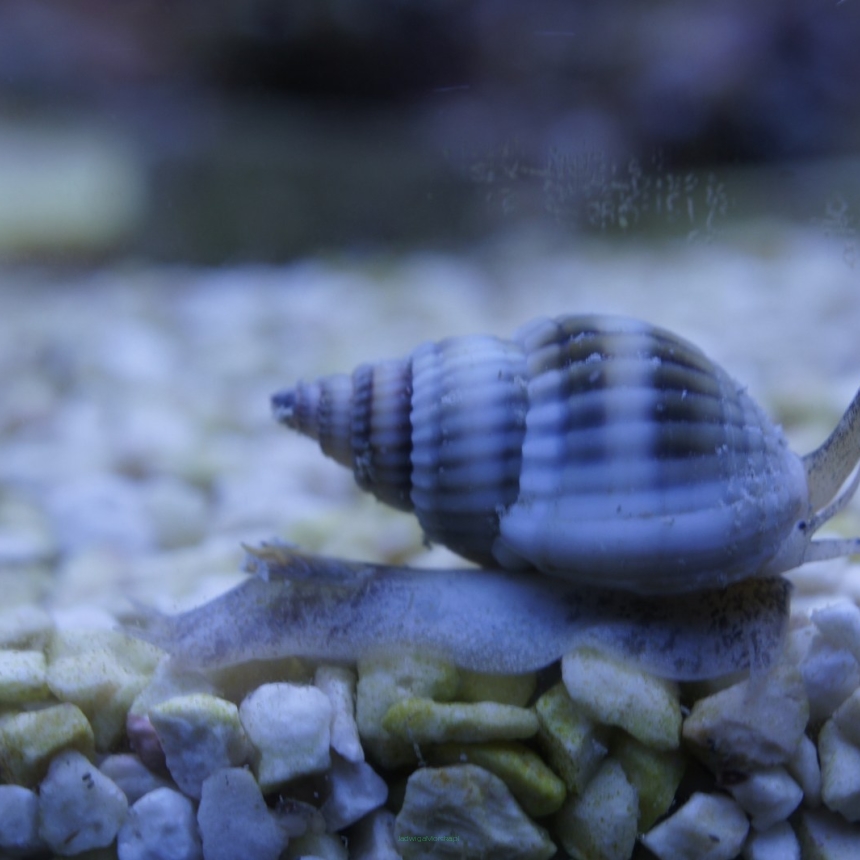

Nassarius snails are marine snails that belong to the Nassarius genus. Here is a general description of this genus and information about their cultivation:
Description of the Nassarius Genus:
Appearance: Nassarius snails have conical, spiral-shaped shells. Their shells are typically smooth, glossy, and come in colors ranging from white to brown. Their bodies are soft and suction-like, with distinct antennae and siphon. They use these features to detect scents and locate food in the sand.
Size: The size of Nassarius snails can vary depending on the species, but they are usually several millimeters to a few centimeters in size. They are not large snails.
Behavior: Nassarius snails are predators and feed on organic debris and detritus found in the marine sand. They are active at night and forage for food, burrowing into the sand and extending their siphon to sniff around for food.
Cultivation of Nassarius Snails in Marine Aquariums:
Aquarium: Prepare a marine aquarium that mimics their natural habitat on the seafloor. Nassarius snails require suitable substrate for burrowing, such as sand or gravel. Access to the substrate is crucial as they burrow in it to search for food and shelter.
Water Parameters: Maintaining stable water parameters is essential. The aquarium water should have the appropriate temperature, typically ranging from 24-28°C (75-82°F), and the proper salinity level, usually between 1.023 and 1.025. Good water filtration and regular water changes are also important.
Feeding: Nassarius snails are carnivorous and feed on detritus and small marine organisms present in the sand. In the aquarium, you can provide them with various food sources, such as fish scraps, marine fish food, or detritus-eating organism-specific foods.
Cultivating Nassarius snails in marine aquariums can be beneficial as they help maintain substrate cleanliness by removing food remnants and organic waste. However, it is essential to maintain appropriate environmental conditions and provide them with suitable food to keep them healthy and active.